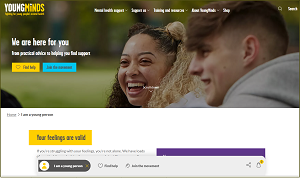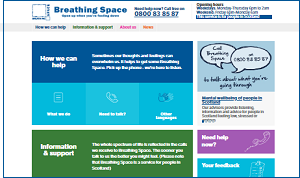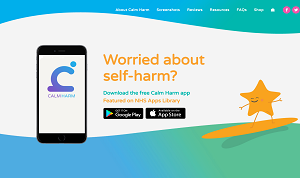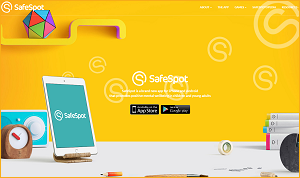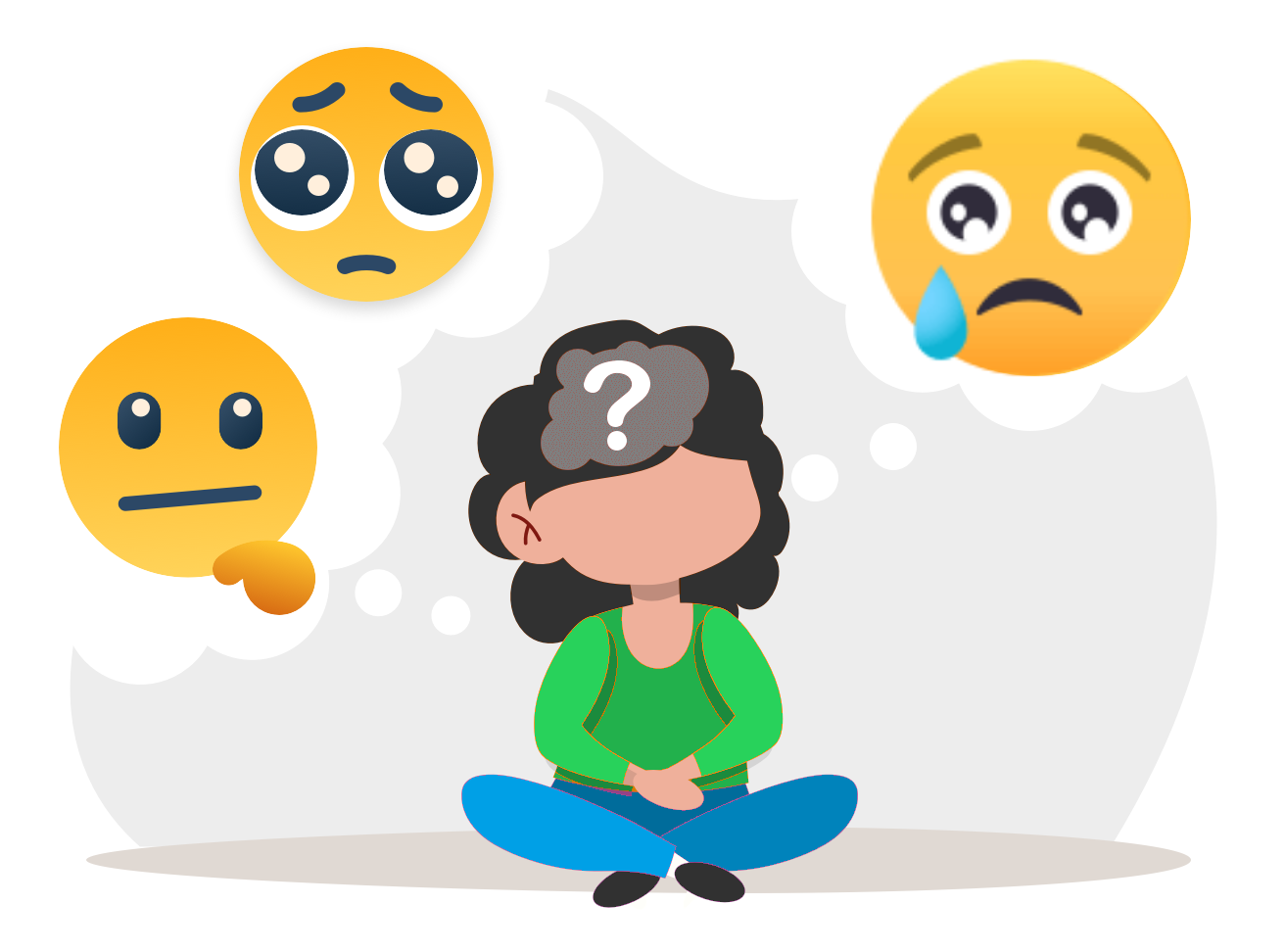
Deliberate self harm involves the purposeful harming of one’s body to cope with distressing or intolerable feelings and thoughts. Harm is usually done by cutting or scratching the body or non-lethal drug overdoses. It can also include other high risk behaviours intended to cause the self harm. Approximately 10 -20% of young people engage in self harm, and often without ever disclosing this to others.
- To reduce overwhelming feelings such as sadness, fear, or shame
- To ‘feel’ something where there is an absence of emotion or a numbness
- To reduce tension or anxiety
- To act as an avoidance of emotions, by focusing on bodily pain


